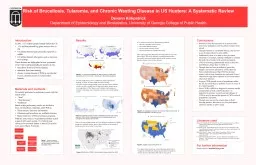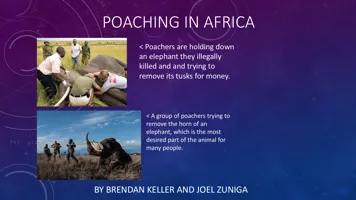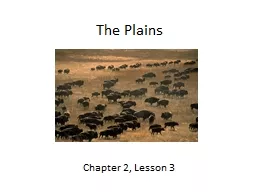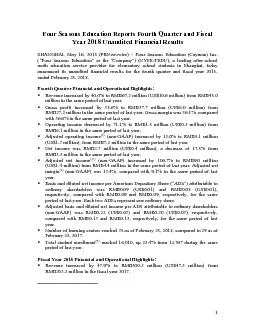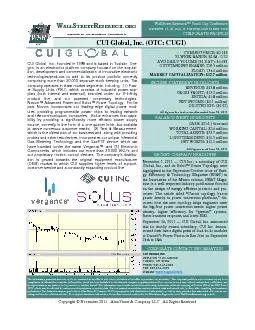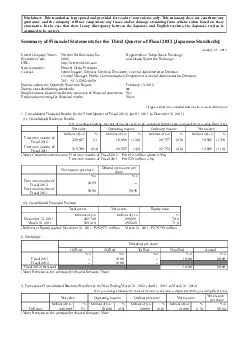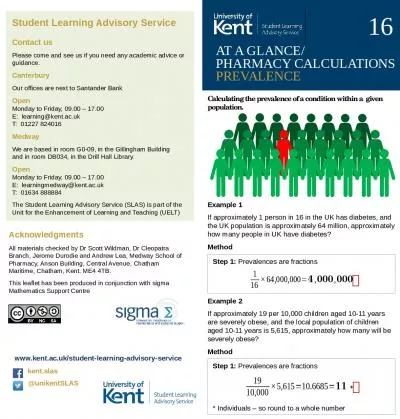PPT-Introduction In 2011, 13.7 million people hunted within the US:
Author : victoria | Published Date : 2022-05-18
116 million pursued big game such as deer or elk 45 million hunted small game like squirrels or rabbits 22 million hunted other game such as raccoons or feral
Presentation Embed Code
Download Presentation
Download Presentation The PPT/PDF document "Introduction In 2011, 13.7 million peopl..." is the property of its rightful owner. Permission is granted to download and print the materials on this website for personal, non-commercial use only, and to display it on your personal computer provided you do not modify the materials and that you retain all copyright notices contained in the materials. By downloading content from our website, you accept the terms of this agreement.
Introduction In 2011, 13.7 million people hunted within the US:: Transcript
Download Rules Of Document
"Introduction In 2011, 13.7 million people hunted within the US:"The content belongs to its owner. You may download and print it for personal use, without modification, and keep all copyright notices. By downloading, you agree to these terms.
Related Documents

